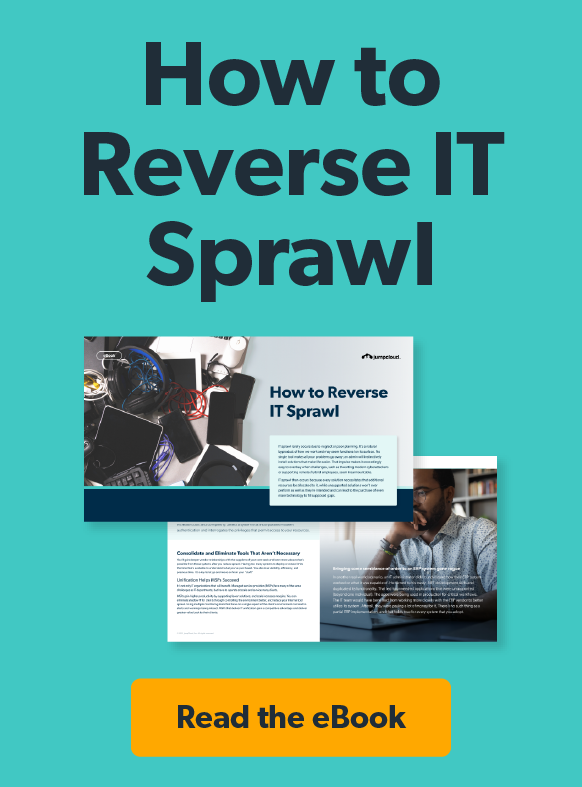If you work at a company that’s smaller than an enterprise, we’re willing to bet you don’t have privileged access management (PAM).
That’s because PAM vendors have historically designed and sold PAM to large companies. In the past, this made sense: everything was contained within the perimeter of the office, and only large companies with security teams needed to get into the weeds of privileged access.
But the modern perimeter is made up of identities. So if you can’t secure all identities with nuance and deep telemetry, you can’t really secure your “perimeter.”
PAM solves that — but most PAM vendors make enterprise-sized products and are content to keep selling to enterprises. Which makes PAM out of reach for you.
In a world where PAM is a necessity for the masses, gatekeeping it from all but the largest enterprises is elitist.
The Dangerous Misconception About PAM
For years, the PAM solutions available have been unwieldy, costly, and resource-intensive. This isn’t because PAM itself is inherently difficult, but because legacy vendors designed it that way. They built it specifically for enterprise clients, creating an artificial barrier that kept robust security out of reach for the vast majority of businesses.
The problem of the “security silo” only exacerbates this issue. Because PAM was only ever designed for enterprises, enterprise-level security teams were the only ones to ever use it. This created a vicious cycle that completely ignores smaller IT departments, where “security team” often means “you, the IT professional, wearing your security hat.”
The result is overly complex solutions that alienate the very people who need them.
Okay, but, do you actually need PAM?
The short answer? Yes.
The long answer?
Also yes.
There’s a common misconception that small businesses aren’t attack targets because they don’t have massive, high-value resources at stake like enterprises do. But this doesn’t stop hackers: in 2024, 46% of small to medium-sized enterprises (SMEs) fell victim to a cyberattack.
Sometimes, SMEs are more attractive targets than enterprises.
Why?
Because they can be seen as easier prey, with fewer security resources and potentially weaker defenses. An SME might be a stepping stone to a larger organization (think supply chain attacks), or simply low-hanging fruit for a quick payday.
Hackers don’t just care about your revenue bracket; they care about your vulnerabilities. Where can they easily find an unlocked door?
The Solution: Modern PAM
So, you need PAM. But PAM vendors aren’t making solutions for you. That’s a problem.
PAM needs to change. It needs to address the needs that exist today rather than coast off of the standards that shaped PAM decades ago. And it needs to do so in a way that accommodates not just enterprises, but average, everyday SMEs — because they need PAM just as much as anyone else.
A modern PAM solution should:
- Accommodate the modern workplace. Modern PAM should take actual modern workplaces into account. That includes cloud-based resources and remote workers.
- Be actually accessible. By accessible, we mean affordable, easy to use, and without architecture requirements. An SME should be able to use PAM whether or not they have on-prem infrastructure and a security team.
- Support IT-Security integration. It’s not designed just for security teams; it’s designed for IT, Security, or the golden mix of both.
- Fully integrate into your environment. For a PAM solution to actually work, it needs to span your environment comprehensively. That includes fully integrating across identity, devices, access, and SaaS.
Where Is the PAM Market Headed?
Our ebook, PAM for the People!, explores the PAM market gap in depth and outlines what a modern, accessible PAM solution should look like. This is where the PAM market is headed (case in point: see where JumpCloud is taking PAM).
Download the ebook for a better understanding of the PAM market, where it’s set to go, and how to recognize a modern PAM solution that’s right for your organization.





